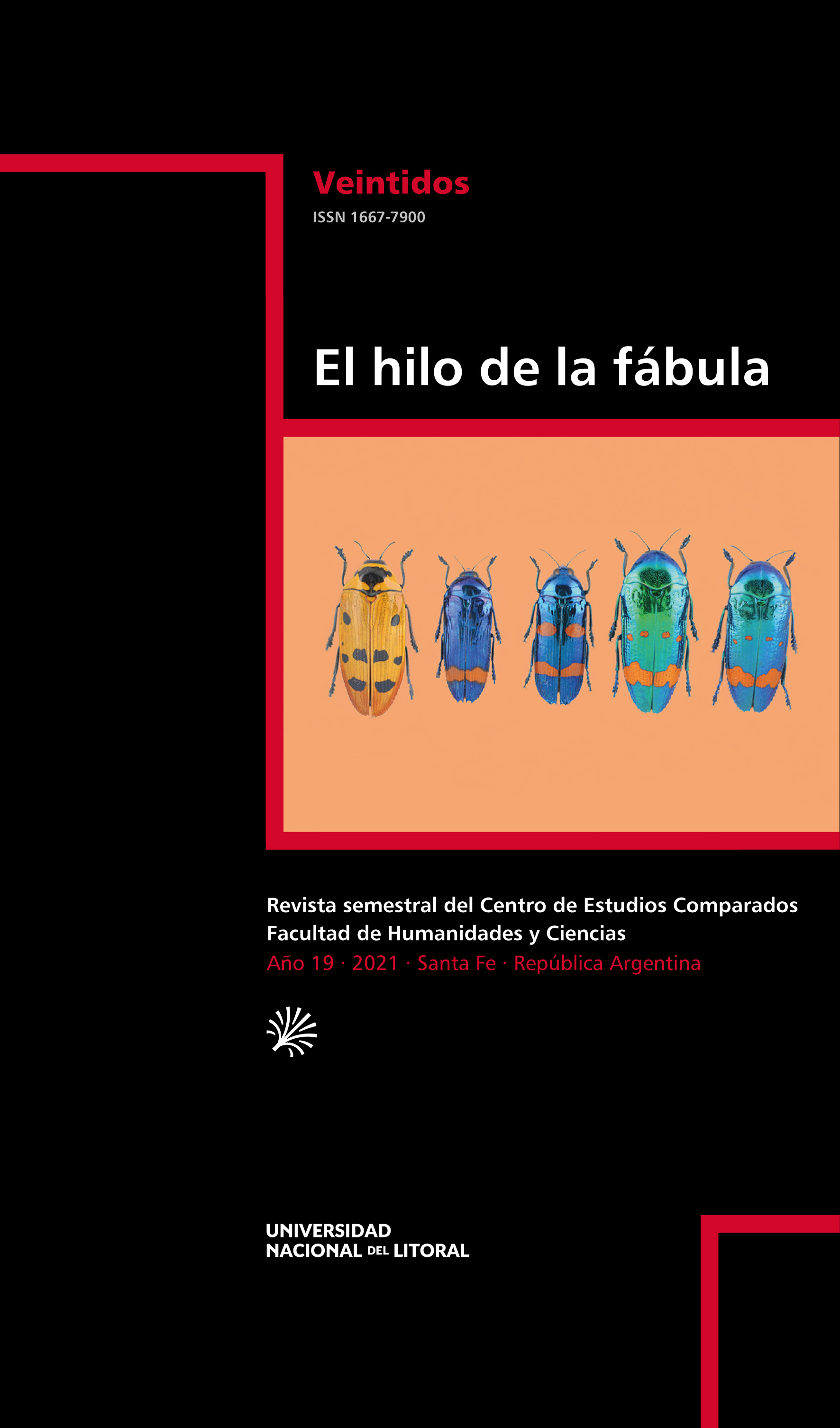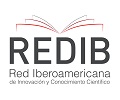Intertextualidad: literatura y cine
DOI:
https://doi.org/10.14409/hf.19.22.e0015Palabras clave:
Wal Lewton, Jacques Tourneur, Jean Rhys, Ancho mar de los Sargazos, I Walked with a Zombie, Manuel Puig, El beso de la mujer arañaResumen
El presente artículo trata de algunos usos de la intertextualidad entre el cine y la literatura. I Walked with a Zombie (1943) es la segunda de las nueve películas producidas por Val Lewton que dieron forma al género de terror y tuvieron una influencia duradera en el lenguaje cinematográfico. La película, que replantea la clásica novela victoriana Jane Eyre en un escenario caribeño, esboza las fallas del proceso colonizador europeo mucho antes de la llegada de los estudios postcoloniales. La novela parcialmente autobiográfica de Jean Rhys, Wide Sargasso Sea (1966), reformula Jane Eyre desde una perspectiva feminista y poscolonial por medio del punto de vista de «la loca del ático». En la novela El beso de la mujer araña (de Manuel Puig), el cine y las películas, incluida I Walked with a Zombie, constituyen el medio intertextual para la creación del personaje literario y la figura de un amor que no tiene nombre.
















